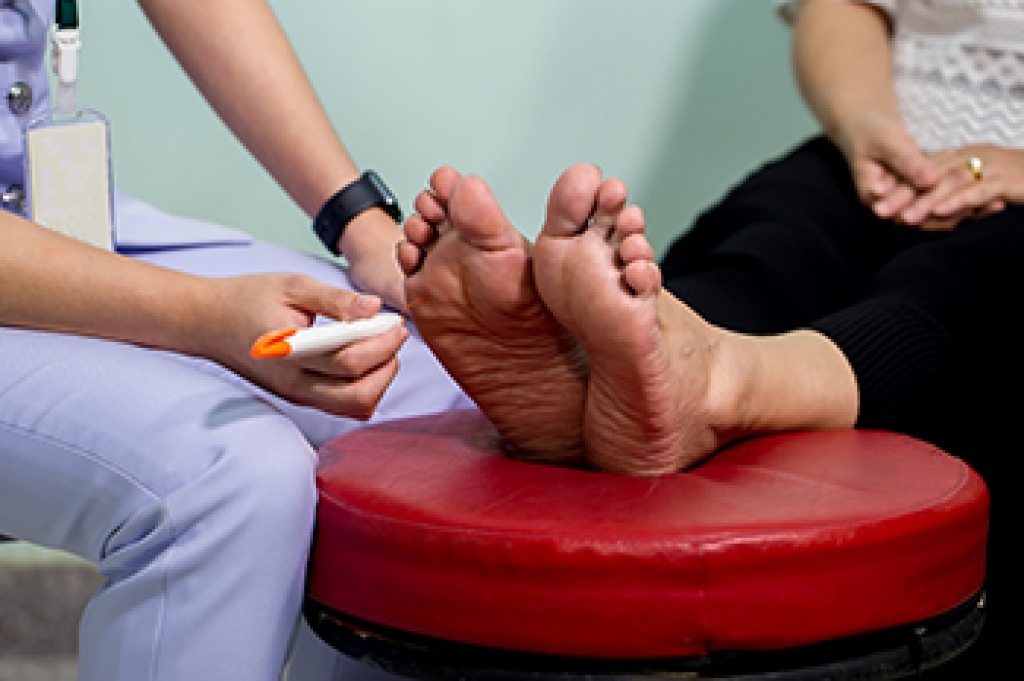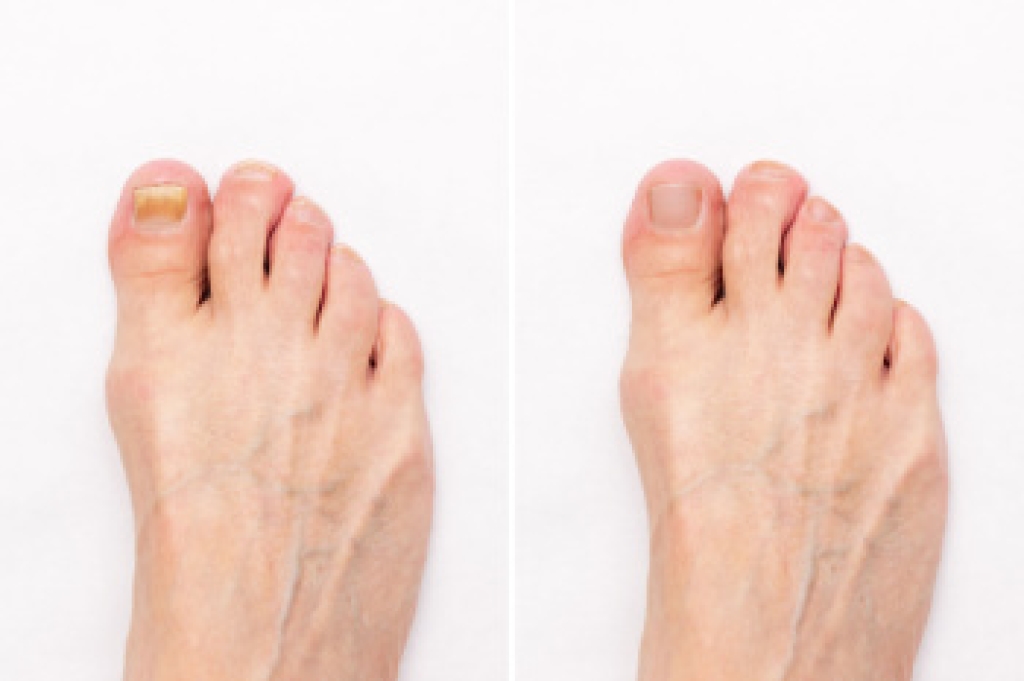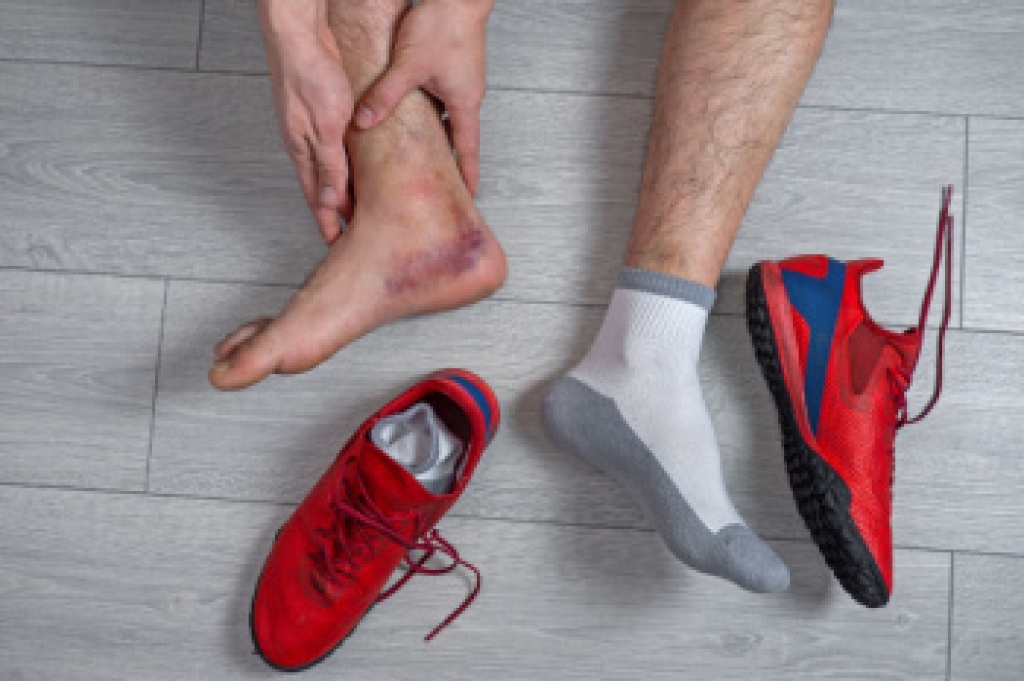
Peripheral neuropathy affects the feet when damaged nerves disrupt normal sensation and muscle function. People may experience burning, tingling, numbness, weakness, or have difficulty walking. Peripheral neuropathy is often linked to diabetes, autoimmune diseases, infections, or exposure to toxins. Loss of sensation in the feet can increase the risk of injuries. Motor nerve damage may cause muscle weakness or foot drop, an inability to fully lift your foot when walking. Diagnosis of peripheral neuropathy typically involves a neurological exam, blood tests, and nerve studies to evaluate nerve function and identify underlying causes. Managing the root condition, such as improving blood sugar control or addressing nutritional deficiencies, is important to prevent further nerve damage. A podiatrist can assist by diagnosing foot-specific neuropathy, providing guidance to protect the feet, and recommending supportive devices to improve balance. If you have noticed a lack of sensation in your feet, it is suggested that you schedule an appointment with a podiatrist for appropriate treatment.
Neuropathy
Neuropathy can be a potentially serious condition, especially if it is left undiagnosed. If you have any concerns that you may be experiencing nerve loss in your feet, consult with Warren Levy, DPM from Armitage Podiatry Center. Our doctor will assess your condition and provide you with quality foot and ankle treatment for neuropathy.
What Is Neuropathy?
Neuropathy is a condition that leads to damage to the nerves in the body. Peripheral neuropathy, or neuropathy that affects your peripheral nervous system, usually occurs in the feet. Neuropathy can be triggered by a number of different causes. Such causes include diabetes, infections, cancers, disorders, and toxic substances.
Symptoms of Neuropathy Include:
- Numbness
- Sensation loss
- Prickling and tingling sensations
- Throbbing, freezing, burning pains
- Muscle weakness
Those with diabetes are at serious risk due to being unable to feel an ulcer on their feet. Diabetics usually also suffer from poor blood circulation. This can lead to the wound not healing, infections occurring, and the limb may have to be amputated.
Treatment
To treat neuropathy in the foot, podiatrists will first diagnose the cause of the neuropathy. Figuring out the underlying cause of the neuropathy will allow the podiatrist to prescribe the best treatment, whether it be caused by diabetes, toxic substance exposure, infection, etc. If the nerve has not died, then it’s possible that sensation may be able to return to the foot.
Pain medication may be issued for pain. Electrical nerve stimulation can be used to stimulate nerves. If the neuropathy is caused from pressure on the nerves, then surgery may be necessary.
If you have any questions, please feel free to contact our office located in Chicago, IL . We offer the newest diagnostic and treatment technologies for all your foot care needs.




